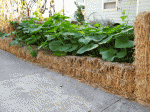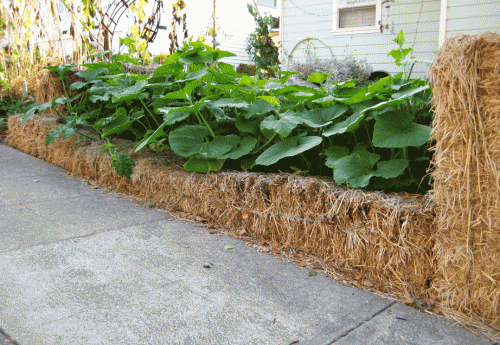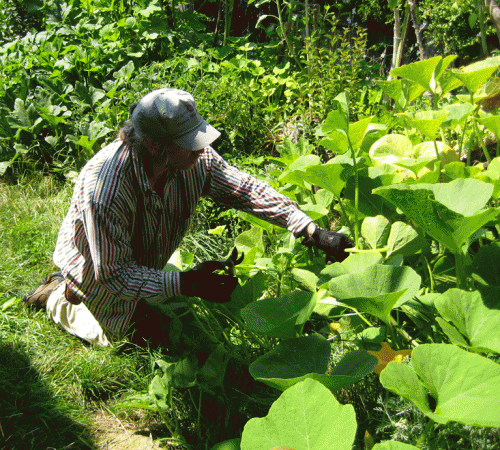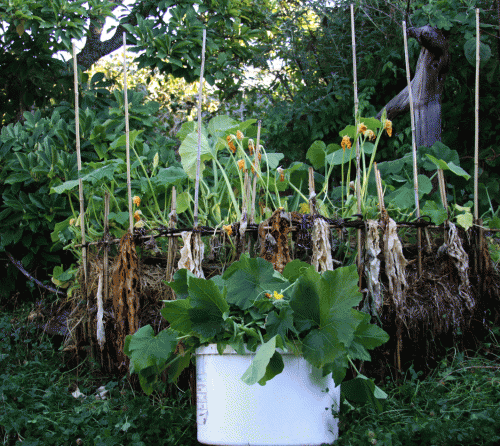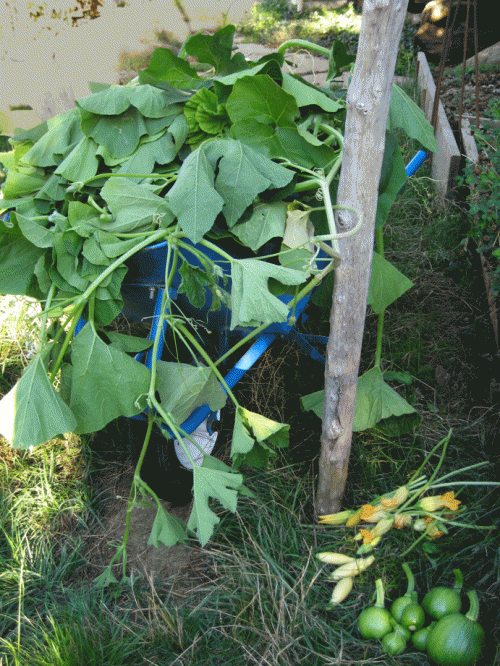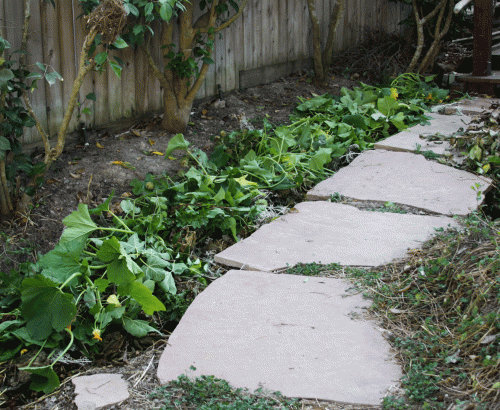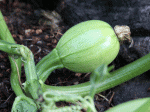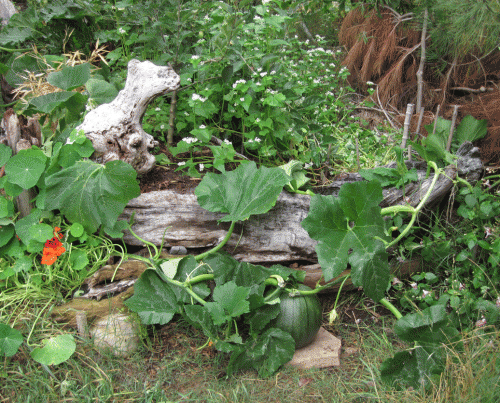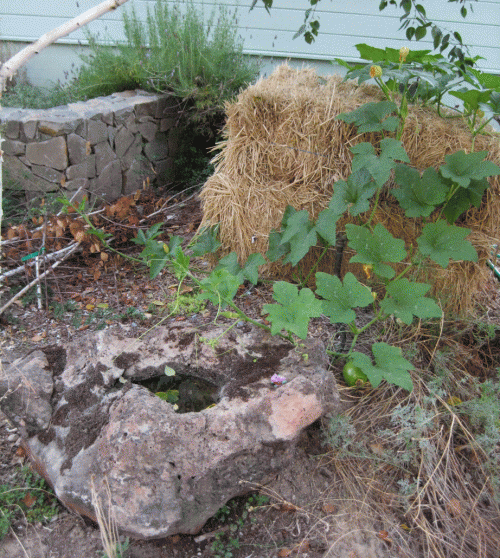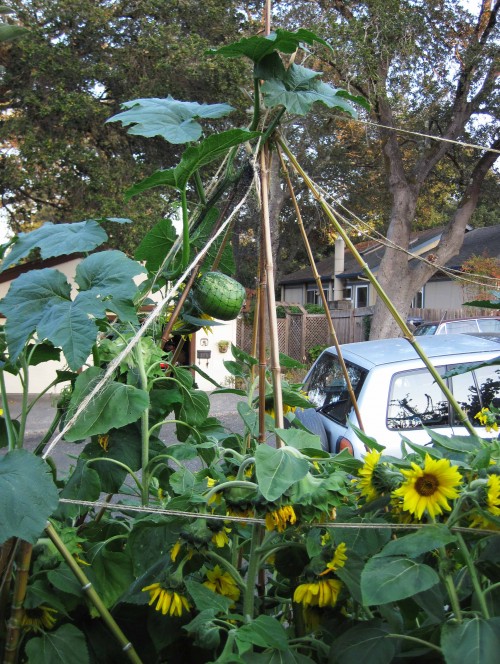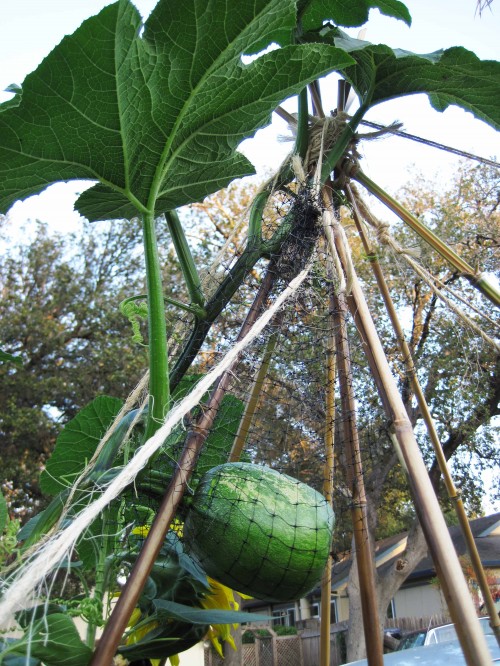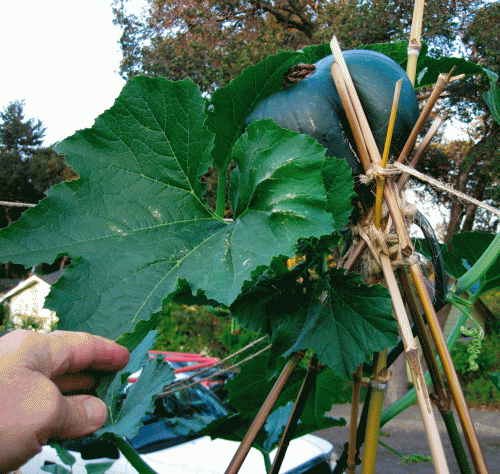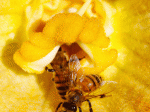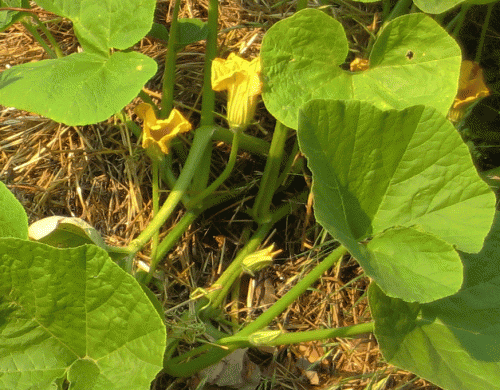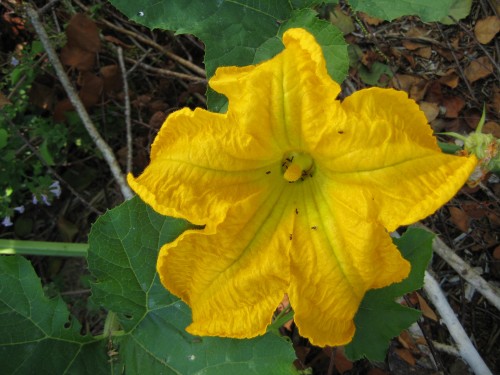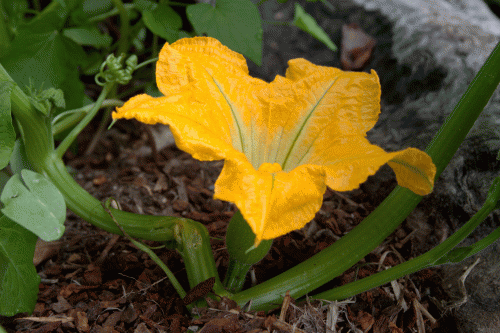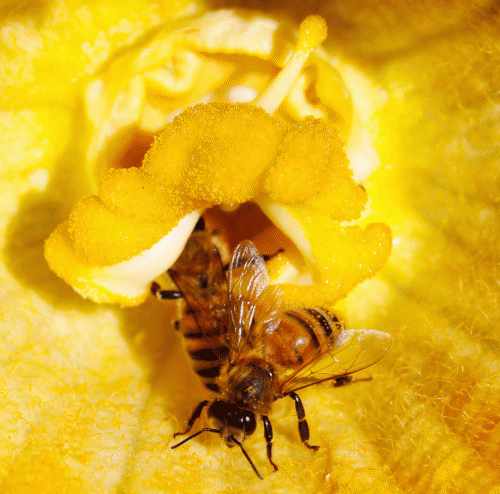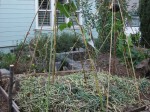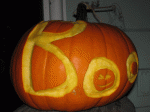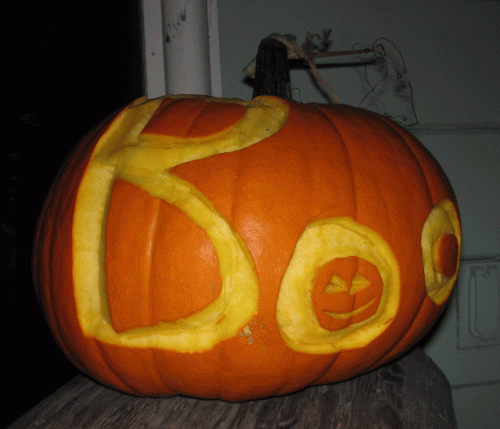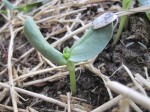
You have landed on Day 6 in this 6-day series of videos depicting the fine art of collecting/processing/storing pumpkin seeds. Enjoy!
First some pumpkin pics:
Day 1 = flowers
Day 2 = vine
Day 3 = new fruit
Day 4 = green manure
Day 5 = seed saving
Today = seed planting
THEN a video re “Saving Happy Halloween Pumpkin Carving Seeds”. 6 videos (1/day) for the series!
Seed Planting

Recording seeds used with camera, a portable note taker. These seeds were used to plant Straw Bale Recliner veggie bed, the planting area alongside our sidewalk. We planted first week of July and had a lush patch of sunflowers and pumpkin this fall. Skyward Pumpkins grew in this patch, from these seeds.
To see Skyward Pumpkins, go to Spore Lore’s blog entry at Skyward Pumpkins and Happy Halloween.
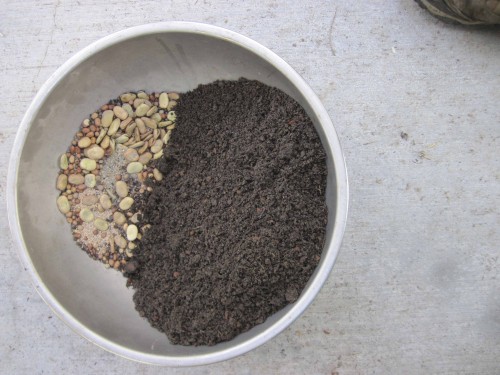
Seed Mixing Bowl with mostly green manure seeds -- vetch, fava bean, red clover, and white clover. I am a greedy planter; I want it all! I want my intended crop, perhaps some insectary plants to attract pollinators, and I want some green manure. Note that in the above bowl of seed, I mixed in soil. The soil will allow me to more thoroughly mix the seeds and give them bulk for my inexact hand dispersal (sometimes over my left shoulder).
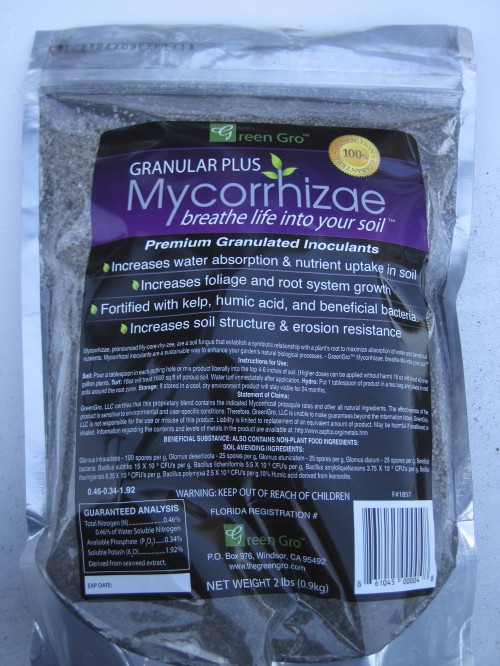
Mycorrhizae to dust seeds before planting. Improves germination, plant survival, root development, plant happiness, plant emotional security -- JUST USE IT!
Paul Stamets says we can save the world with spore. He says more spore. I say Spore Lore!
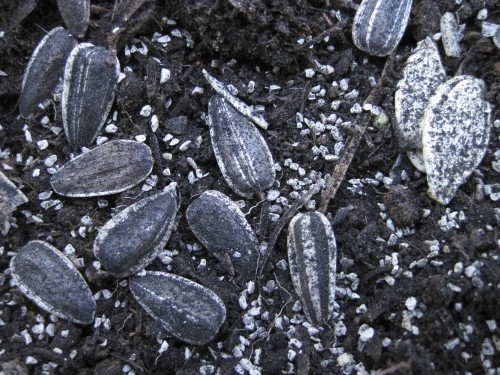
Dusted Sunflower and Pumpkin Seeds. The black dust is mycorrhizae spore; the granules might be spore, might be a nutrient. The black and white-striped seeds (left) are mammoth sunflower. The solid white seeds (top right) are pumpkin.
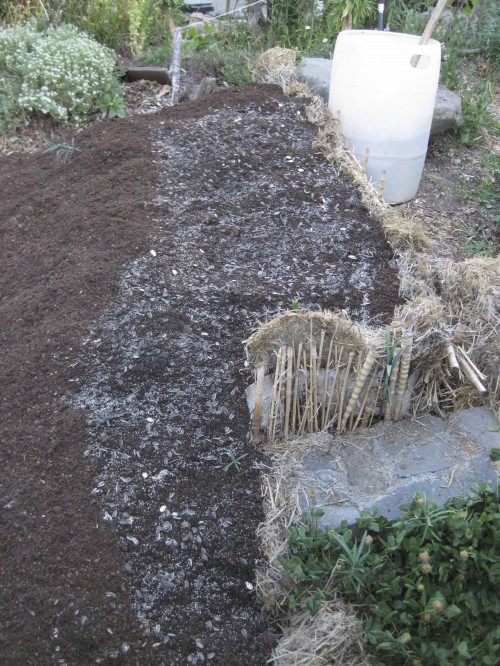
Planting out a sunflower-pumpkin patch. Spore-dusted seeds sprinkled and ready to go. Bed half planted (might be siesta!).
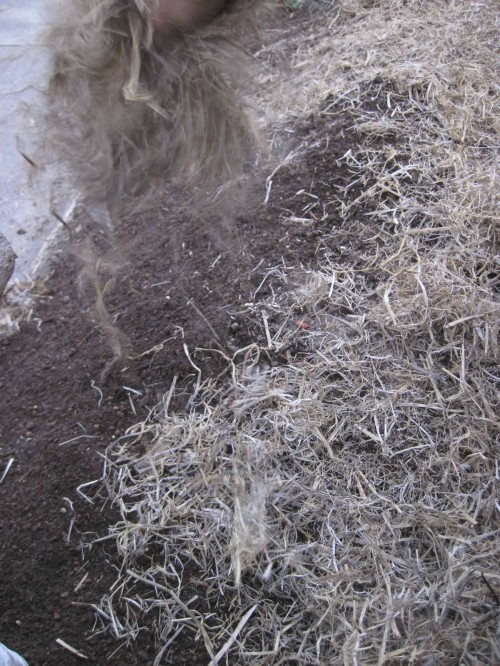
Covering planted seeds with a layer of rice straw to provide mulch and to protect the seeds. The thin layer of straw will provide enough cover to deter birds and other critters from eating the seed, will keep water from washing the seeds away, and will discourage neighborhood cats from claiming the veggie bed as a litter box.
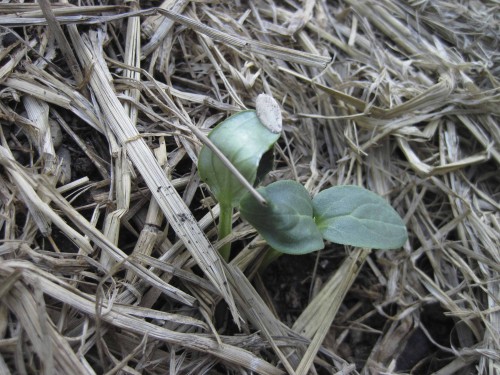
Pumpkin plant on its way! Note how the seed husk was lifted out of the soil and through the mulch layer by the young plant. Also note how the mulch is in place at germination -- the plant does not have to be disturbed -- it and its mulch pack are ready to go. Just add water and sunlight.
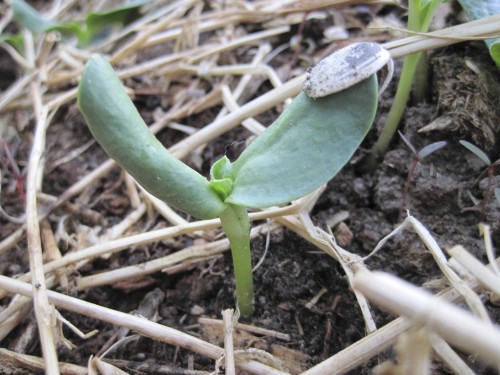
Young Sunflower Plant boasting its seed husk. Note the delicate young red-purple amaranth seedlings off to the right of the sunflower seedling.
Saving Happy Halloween Pumpkin Carving Seeds — 6 of 6
Happy seed saving and see you tomorrow.
Tony

